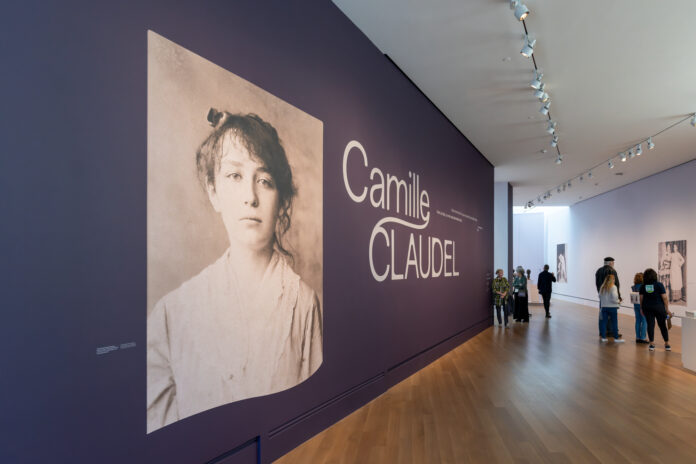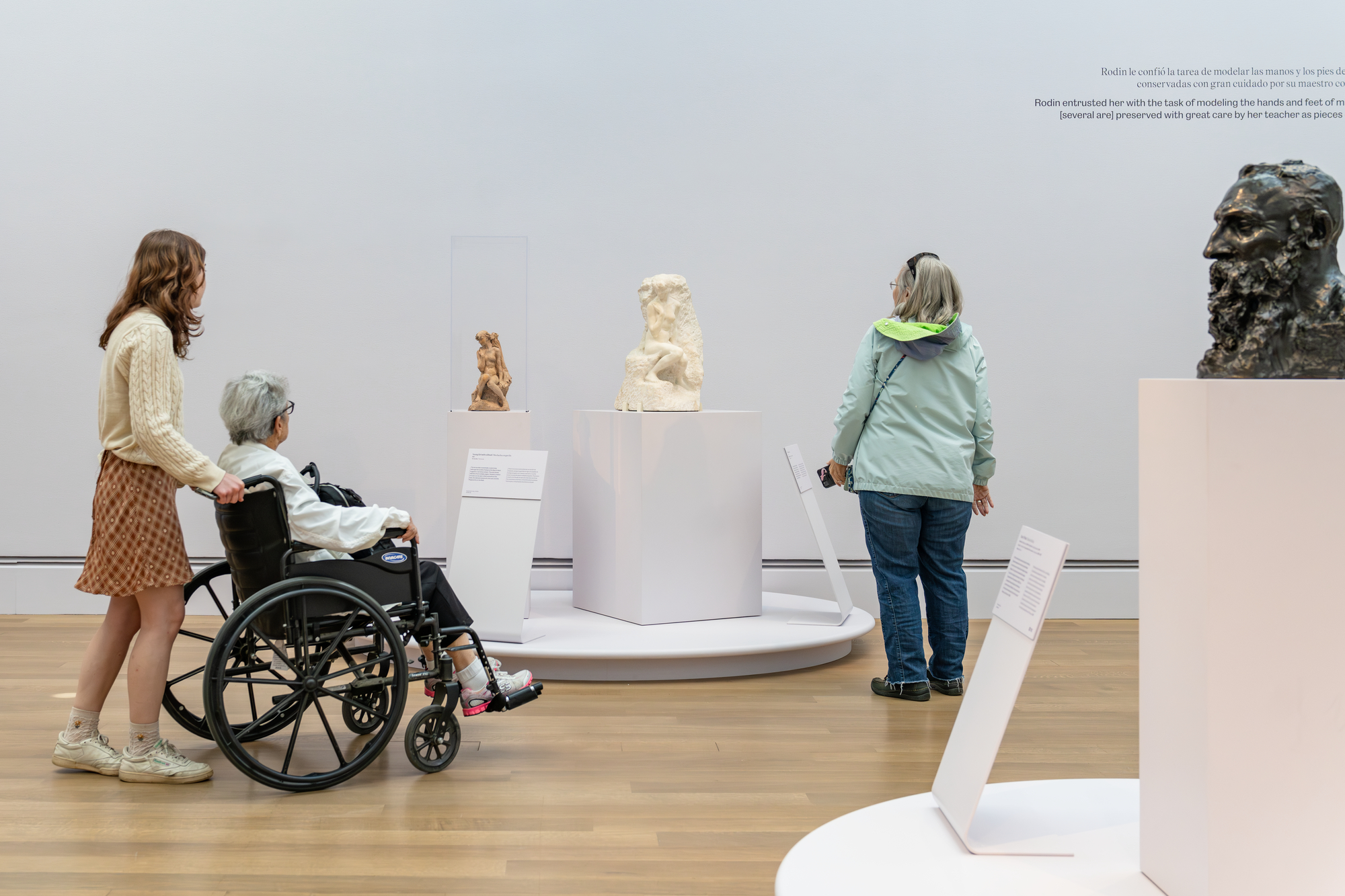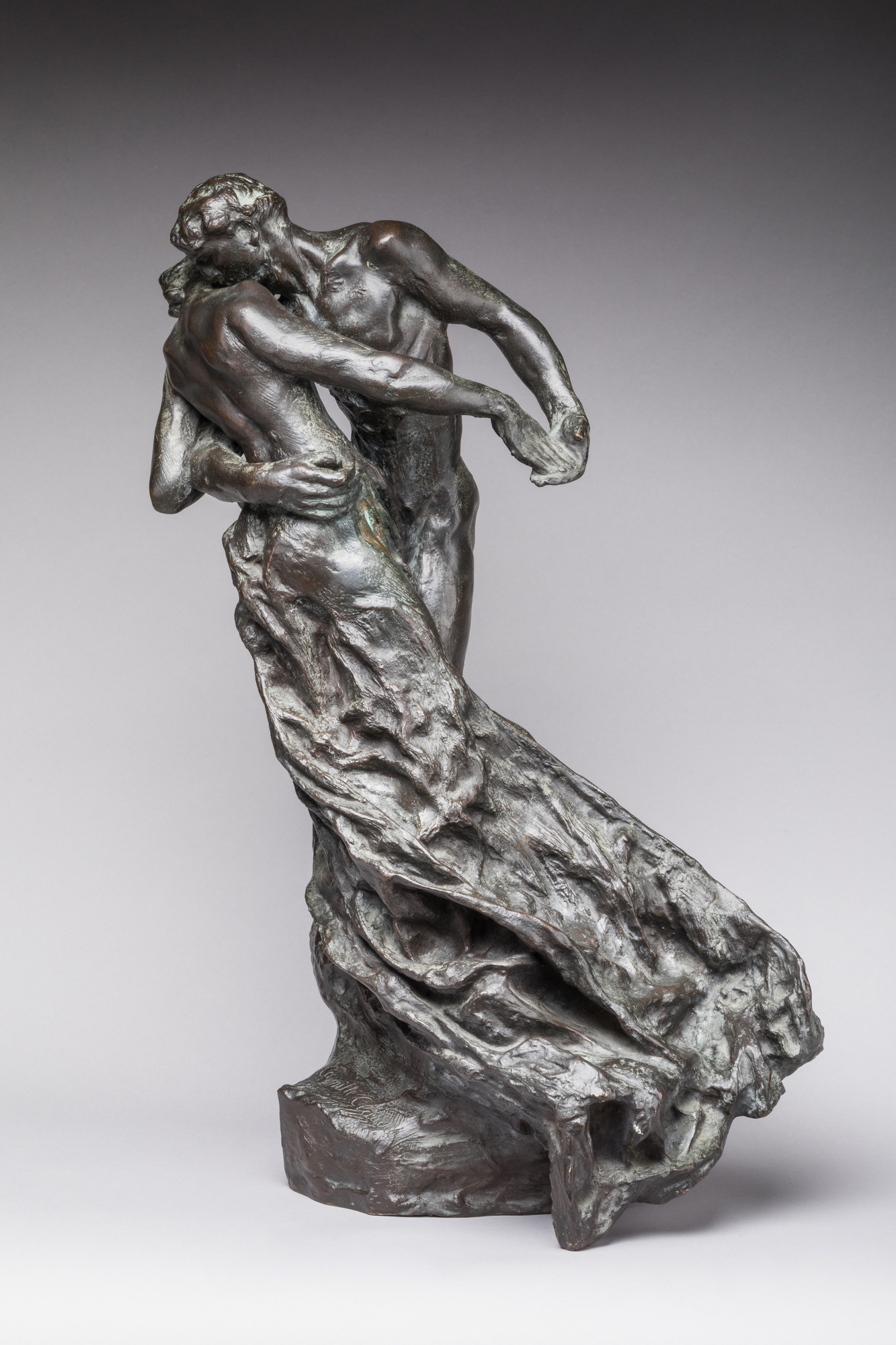
The J. Paul Getty Museum presents Camille Claudel, an exhibition showcasing nearly 60 sculptures by one of the most daring and visionary artists of the late 19th century. On view at the Getty Center through July 21, 2024, the exhibition seeks to reevaluate Claudel’s work and affirm her legacy within a more complex genealogy of modernism.
A trailblazing artist working in France in the late 19th and early 20th centuries, Claudel defied the social expectations of her time to create forceful sculptures of the human form. Her innovative artworks treat the universal themes of childhood, old age, love, and loss with an expressive intensity in a variety of genres, materials, and scales.

“A pioneer for women artists of the time, in a short but extraordinary career, Claudel established herself as one of the most important sculptors of the late 19th and early 20th-century Europe,” says Timothy Potts, Maria Hummer-Tuttle and Robert Tuttle Director of the Getty Museum. “Revered in France, and now widely sought after by museums around the world, her deeply moving images of the human body are one of the high points of romantic sculpture in Europe, and I am sure will be greatly admired by our visitors and especially the artist community.”
Claudel’s career has often been interpreted through her dramatic personal life, which involved a complicated relationship with her mentor, Auguste Rodin, and mental health issues resulting in a 30-year confinement in a psychiatric institution. While French collectors and critics immediately recognized Claudel’s talent, her art remains little known outside of France.
Organized chronologically and thematically, the exhibition will invite visitors to experience a diverse array of sculptures Claudel created during her career and many of the masterpieces that earned her much success.
“Claudel excelled at capturing the likeness of her subjects, depicting individuals at every stage of life with powerful emotion and empathy,” says Anne-Lise Desmas, senior curator of sculpture and decorative arts at the J. Paul Getty Museum. “The support and success she experienced with collectors, fellow artists, and journalists during a time when few women artists were widely regarded is testimony to her rare talent and ceaseless creativity.”

Claudel impressed critics with compositions that pushed the boundaries, such as “The Waltz”—a dynamic scene of two lovers surrendering to a dance. The first iteration Claudel created of the sculpture will be on view—a unique bronze cast with complex, openwork draperies or “veils” swirling behind the figures. In response to demand from collectors, Claudel produced several inventive versions of the couple at a smaller scale, including a few bronzes that will be on view to juxtapose their varied patina effects with brown, green, and gilded surfaces.
Another masterpiece in the exhibition is “Age of Maturity,” on loan from the Musée d’Orsay. One of her most ambitious sculptures, the three large figures depict life’s tragic journey with Old Age leading Middle Age forward, beyond the grasp of a kneeling, abandoned Youth. When it was exhibited, a critic declared, “We can no longer call Mademoiselle Claudel a student of Rodin; she is a rival.”
For more details: getty.edu







